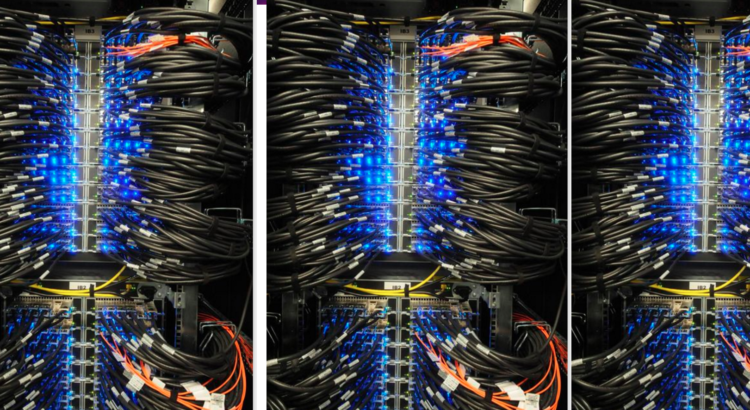
Cabling, Connectors and Transceivers Questions Answered
In
our recent live SNIA Network
Storage Forum webcast, “Next-generation
Interconnects: The Critical Importance of Connectors and Cables” provided an
outstanding tutorial on the latest in the impressive array of data center
infrastructure components designed to address expanding requirements for
higher-bandwidth and lower-power. They covered common pluggable connectors and
media types, copper cabling and transceivers, and real world use cases. If you
missed the live event, it is available on-demand.
We
ran out of time to answer all the questions from the live audience. As
promised, here are answers to them all.
Q.
For 25GbE, is the industry consolidating on one of the three options? Read More

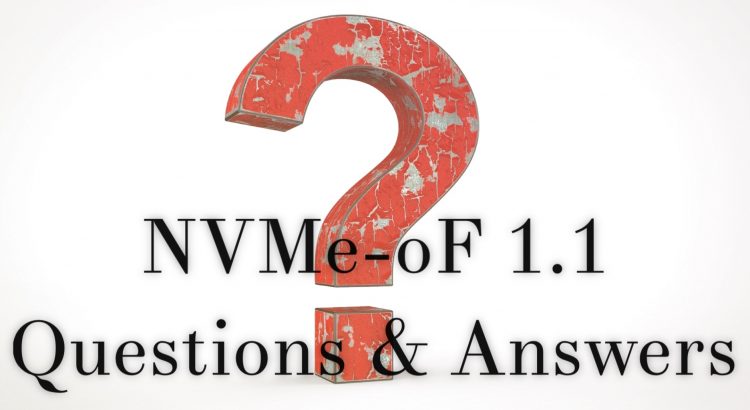
 1.1
1.1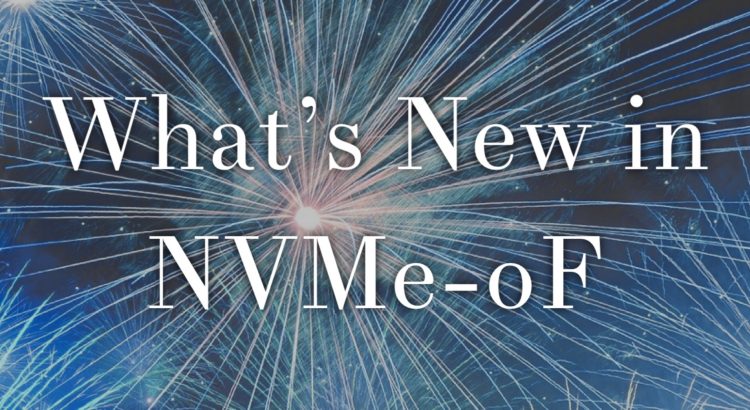
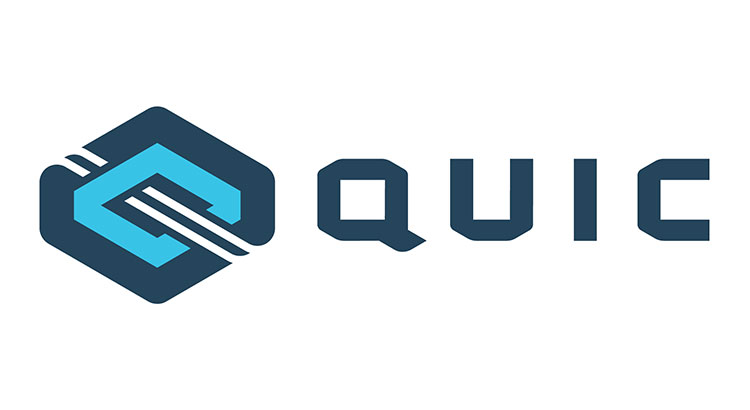

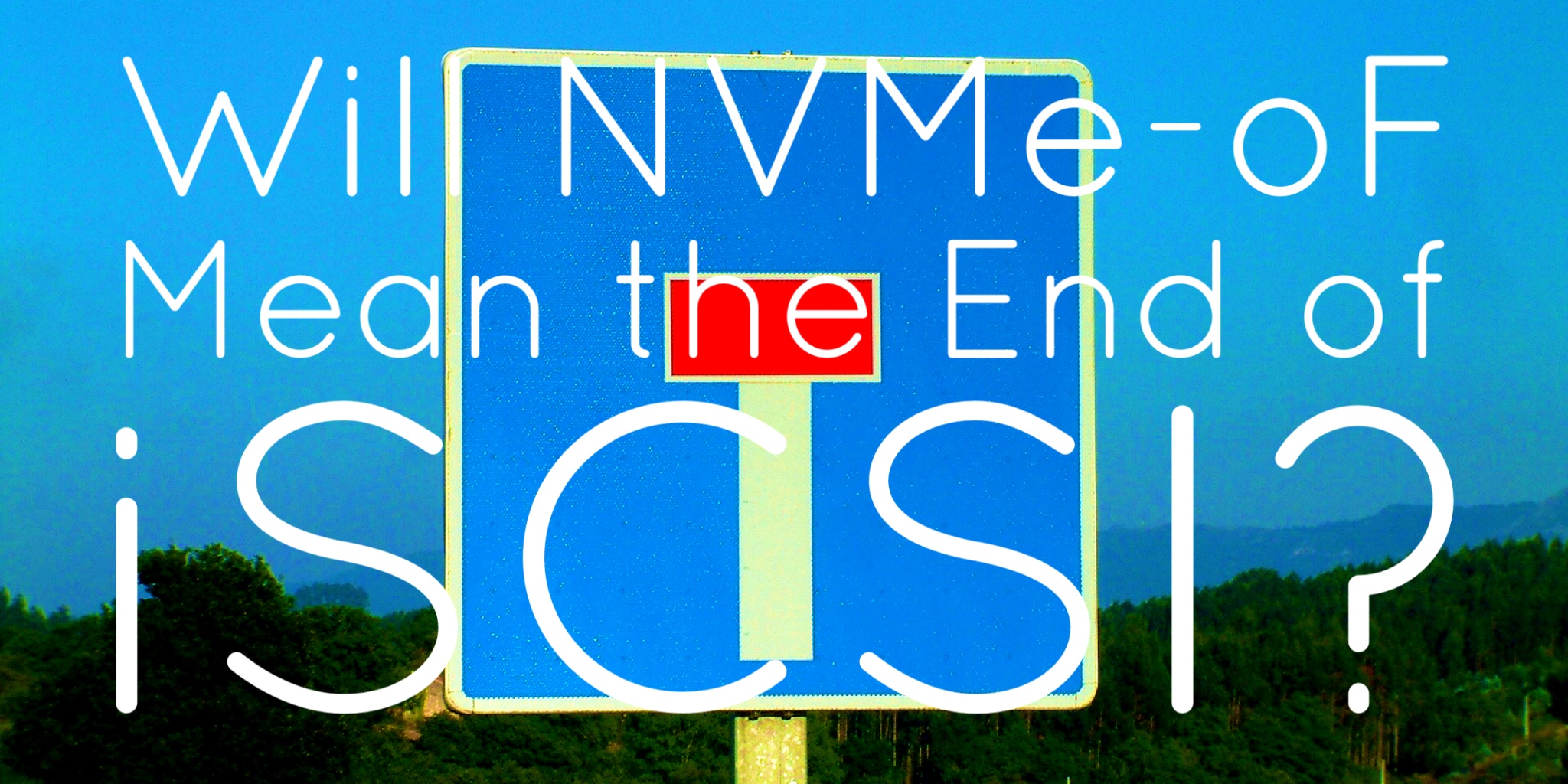

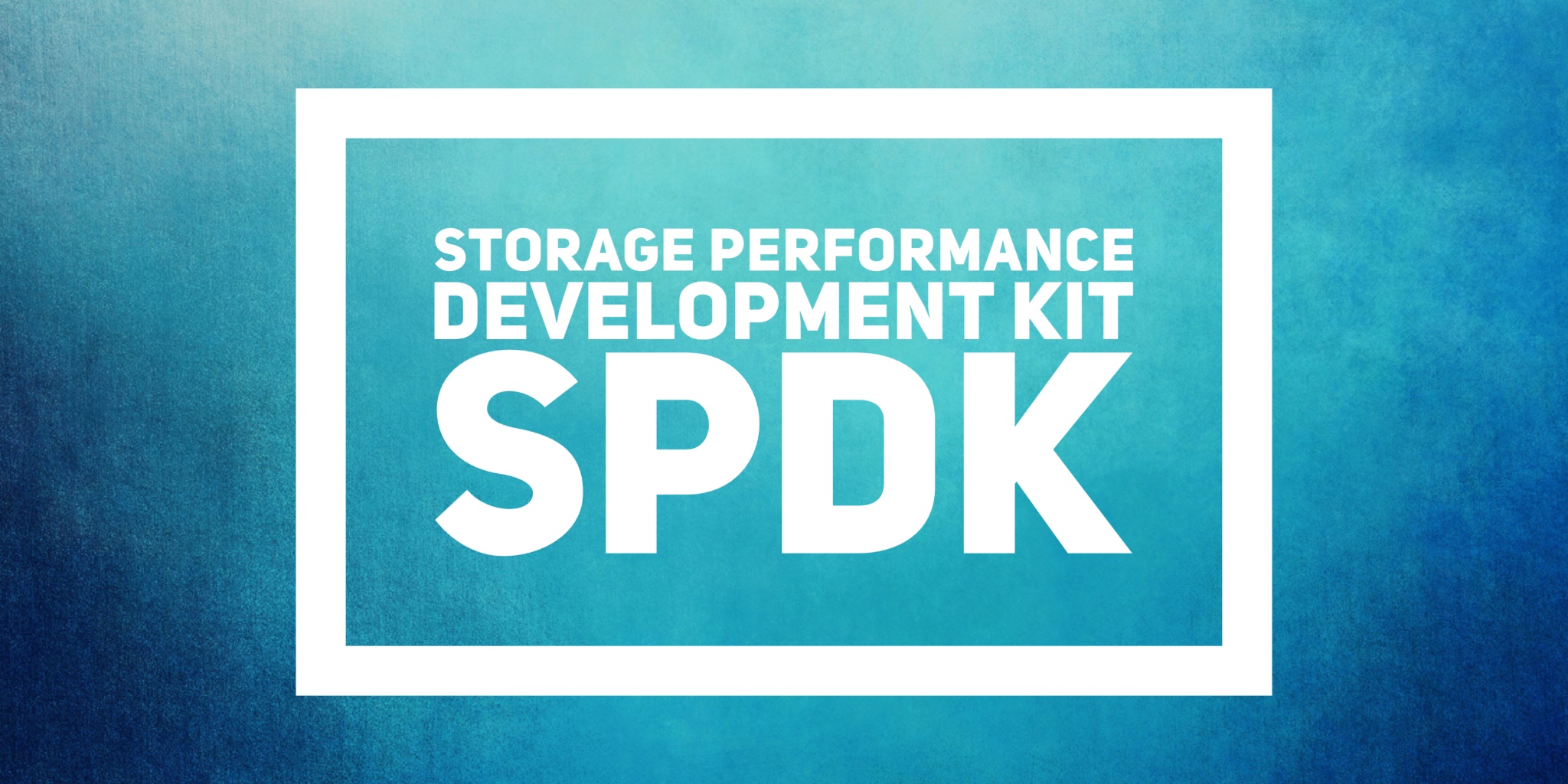
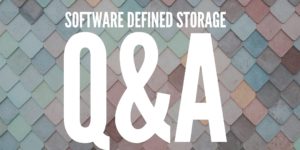 The
The